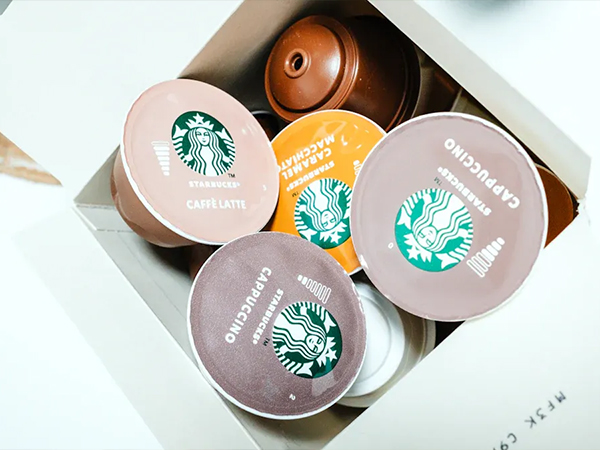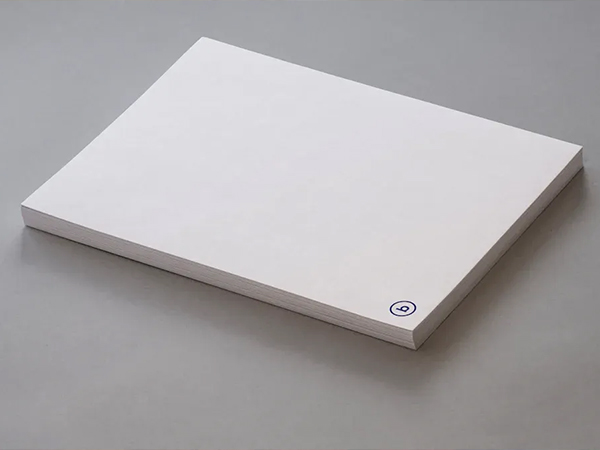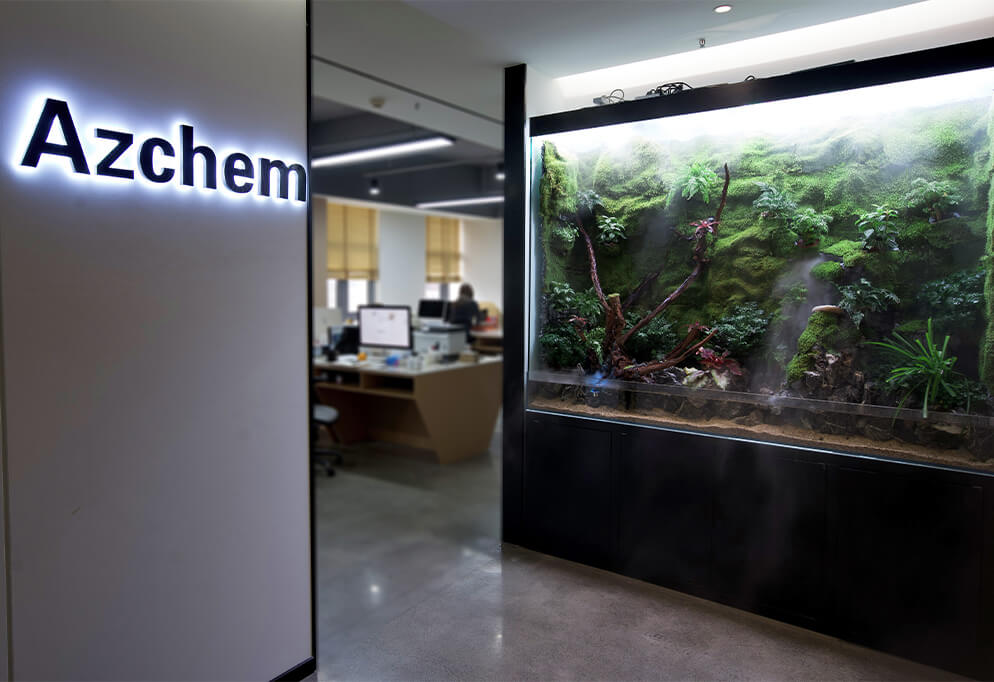
Moisture can weaken paper packaging quickly, causing it to tear or break. You may notice how a simple spill can ruin a paper bag or box. Without wet strength agents, paper loses most of its strength when wet. This loss can lead to food exposure and contamination. Wet Strength Agents help you keep food packaging strong and safe, even in damp conditions.
Key Takeaways
- Wet Strength Agents keep paper packaging strong and safe, even when wet. This prevents leaks and food contamination.
- Choosing the right wet strength agent improves packaging durability and recyclability. Look for eco-friendly options to support sustainability.
- Wet strength agents enhance food packaging for liquids and frozen items, ensuring they stay leak-proof and fresh longer.
- Using advanced wet strength solutions meets food safety regulations and protects consumers from harmful substances.
- Innovations in wet strength technology lead to biodegradable options, helping businesses reduce their environmental impact.
Introduction: The Growing Demand for Food Packaging Papers

Shift from plastic to paper
You see more brands switching from plastic to paper in food packaging. This shift happens for several reasons. People care about the environment and want sustainable solutions. Laws now push companies to use less plastic. You notice that shoppers prefer packaging that feels eco-friendly. Companies also want to improve their image by showing they care about the planet.
- Sustainability concerns drive the change.
- Regulatory changes encourage paper use.
- Consumer preferences favor eco-friendly packaging.
- Brands gain a better image with paper.
- Paper offers effective replacement for plastic.
- Recyclability improves with paper packaging.
- Companies meet regulations more easily.
- Food safety remains strong with paper.
- Sustainable paper solutions become popular.
You see paper packaging everywhere, from fast-food wraps to beverage cartons. Paper stands out because it can replace plastic in many cases. It also recycles more easily, which helps the environment. When you choose products in paper packaging, you support brands that care about sustainability.
Key challenges: water, grease, and durability
Paper packaging faces tough challenges. Water and grease can weaken paper quickly. If you pack foods with high water content, like dairy, untreated paper absorbs moisture and loses strength. Greasy foods, such as burgers or dog food, need special coatings. Without these coatings, packaging can fail and food can spill.
- Grease and water threaten packaging integrity.
- Foods with high water content need moisture barriers.
- Untreated paper absorbs liquids and breaks down.
- Different foods require unique packaging solutions.
- Taco shells need low moisture vapor transmission rates to stay crunchy.
- High-fat foods demand grease-resistant coatings.
- Coatings must match the type of grease for best results.
Note: You rely on wet strength agents and tailored coatings to keep paper packaging strong. These solutions help you protect food quality and prevent leaks or spills. When you understand these challenges, you see why innovation in packaging matters for food safety and durability.
What Are Wet Strength Agents?
Wet Strength Agents help you keep paper packaging strong, even when it gets wet. You find these agents in many food packaging papers. They work by making the paper fibers stick together more tightly, so the packaging does not fall apart when exposed to moisture.
Types of wet strength resins
You can choose from several types of wet strength resins. Each type offers unique benefits for food packaging:
| Wet Strength Agent | Interaction with Paper Fibers |
|---|---|
| Polyamideamine Epichlorohydrin (PAE) | Cross-links with cellulose fibers, forming strong bonds that remain stable when wet. |
| Melamine Formaldehyde | Creates cross-links with cellulose fibers, enhancing moisture resistance. |
| Polyacrylamide | Forms a three-dimensional network within the paper structure, improving water resistance. |
| Cationic Polymers | Interacts with negatively charged cellulose fibers to enhance wet strength. |
You see PAE used often because it forms very strong bonds. Melamine formaldehyde and polyacrylamide also help improve moisture resistance. Cationic polymers work well with the natural charge of cellulose fibers.
Note: Some wet strength agents, like PAE, make recycling more difficult. Others, such as GPAM or temporary agents, allow easier repulping and recycling.
Mechanism of crosslinking fibers in wet conditions
Wet Strength Agents react with the cellulose fibers in paper. They form a network of bonds that hold the fibers together, even when wet. You can think of this network as a web that keeps the paper strong.
- Wet strength agents react with hydroxyl groups on the fibers.
- PAE forms ionic bonds with carboxyl groups.
- PEI creates a cross-linking network through hydrogen bonds.
The chemical reactions between these agents and the fibers create a polymer network. This network stays intact when exposed to water, so your packaging remains strong. You benefit from packaging that resists tearing and keeps food safe.
Tip: The choice of wet strength agent affects not only strength but also recyclability and compliance with food safety regulations. The FDA’s Food Additive Regulations, including Section 176.170, set standards for using these agents in food packaging.
Benefits of Wet Strength Agents in Food Packaging
Enhanced water and moisture resistance
You want your food packaging to stay strong, even when it gets wet. Wet Strength Agents help paper resist water and moisture. When you add these agents, the paper’s strength in wet conditions improves dramatically. The table below shows how much better the packaging performs:
| Improvement Metric | Value Change |
|---|---|
| Tensile Index (wet state) | Improved 9–13 times |
| Stretch (wet state) | Improved 2.5–5.5 times |
| Cobb Water Absorption | Reduced by 38% to 25% depending on sample |
| Air Permeability | Decreased 2.5–12 times |
You see that packaging with Wet Strength Agents holds together much better when exposed to water. This means fewer leaks and less risk of food spoilage.
Stronger packaging integrity for liquids and frozen foods
You rely on packaging to protect liquids and frozen foods. Wet-strength paper is essential for milk and juice cartons because it keeps them leak-proof. When you store frozen foods, condensation can soften regular paper, but Wet Strength Agents help the packaging resist this moisture. You also notice that hot drink cups use special coatings to prevent leaks and handle heat.
- Wet-strength paper keeps liquid packaging leak-proof.
- It resists condensation in frozen food storage.
- Hot drink cups stay strong and do not leak.
Wet Strength Agents maintain the bonds between fibers, so your packaging does not fall apart when wet. This helps you avoid spills and keeps food safe.
Extended shelf life and consumer safety
You want food to stay fresh as long as possible. Wet Strength Agents support this goal by improving the barrier properties of packaging. Some materials, like sodium alginate, form strong films that protect food. Others, such as stevia, add antimicrobial and antioxidant effects, reducing the risk of contamination. Glycerol helps the packaging retain moisture, so food does not dry out quickly.
| Material | Properties | Impact on Shelf Life |
|---|---|---|
| Sodium Alginate | Biocompatibility, biodegradability, good film formation | Enhances mechanical properties and barrier functions |
| Stevia | Contains antimicrobial and antioxidant properties | Reduces microbial contamination, extending shelf life |
| Glycerol | Improves adhesiveness of the film | Enhances moisture retention, reducing moisture loss |
When you use packaging with Wet Strength Agents, you help keep food safe and fresh for longer. This protects consumers and reduces waste.
Applications in Food Packaging Papers

Liquid packaging board
You often find wet strength agents in liquid packaging boards. These boards need to stay strong when holding milk, juice, or other beverages. Wet strength agents help the paper resist breaking down when exposed to moisture. You see this in cartons that hold liquids for days or weeks. The agents also improve the board’s mechanical properties, making it more durable.
| Application | Functionality |
|---|---|
| Liquid Packaging Boards | Enhance mechanical properties and durability under moist conditions |
| Recycled Fiber-Based Products | Support fines and filler retention, improve performance of other additives |
You might notice brands using Kymene or Giluton® additives. These products boost both wet and dry strength, so your packaging stays reliable from factory to fridge.
Fast-food wraps and takeaway containers
You rely on fast-food wraps and takeaway containers to keep your meal fresh and mess-free. Wet strength agents play a key role here. They help the paper resist grease and moisture from foods like burgers, fries, or fried chicken. When you pick up a sandwich or a box of fries, you expect the packaging to hold up, even if the food is hot or oily.
- Wet strength agents prevent soggy packaging.
- They keep wraps and containers from tearing.
- Your food stays protected during transport.
You benefit from packaging that does not leak or fall apart, making your eating experience cleaner and safer.
Specialty food papers
Specialty food papers cover a wide range of uses. You see them in packaging that needs to maintain humidity, such as for baked goods or fresh produce. Beverage packaging, including beer, water, and soft drinks, also relies on enhanced wet strength. Even labels for bottles and cans need to stay intact when exposed to condensation.
| Application Type | Description |
|---|---|
| Food Packaging | Used for items that need to maintain humidity. |
| Beverage Packaging | Suitable for beer, water, wine, and soft drinks. |
| Labels | Ideal for adhesive labels and soft-drink labels. |
Tip: When you choose products with specialty food papers, you support packaging that keeps food fresh and labels readable, even in damp environments.
Amazon Chemicals’ Wet Strength Solutions
Product highlights and eco-friendly options
You want packaging that performs well and supports your sustainability goals. Amazon Chemicals offers a range of solutions designed for different paper and board grades. You can see how their products fit a variety of applications:
| Application Type | Description |
|---|---|
| Paper Grades | Used in label paper, poster, sack, bag kraft, and wallpaper. |
| Tissue Grades | Applied in facial tissues, towelling, and napkins. |
| Board Grades | Utilized in liquid packaging board, freezer board, and carrier board. |
| Speciality Papers | Required for currency, tea bags, and coffee filters, ensuring compliance with food safety. |
You may worry about the environmental impact of packaging chemicals. Many traditional wet strength additives contain formaldehyde, which can harm both people and the environment.
The environmental impacts of wet strength agents used in food packaging primarily revolve around the use of formaldehyde-based resins, which pose significant health and environmental risks. The transition to non-formaldehyde alternatives like Polyamide Epichlorohydrin (PAE) resin mitigates these risks, offering a safer and more sustainable option for papermaking and food packaging.
Amazon Chemicals focuses on non-formaldehyde options like PAE resins. These products help you meet safety standards and reduce your environmental footprint.
Polyamide Epichlorohydrin (PAE) resin offers a compelling solution to these challenges. As a non-formaldehyde polymer, it eliminates the risks associated with formaldehyde exposure and emissions. This makes it a preferred choice for manufacturers committed to environmental responsibility and product safety.
Support for sustainable packaging production
You face many challenges when balancing performance, cost, and sustainability in packaging. Adding Wet Strength Agents can increase production costs, and you may need to invest more in compliance and recycling.
- Incorporating wet strength additives can increase manufacturing costs, affecting competitiveness against traditional materials.
- Environmental concerns regarding certain additives may lead to additional costs in compliance and recycling efforts.
- Balancing performance, cost, and environmental impact is a critical challenge for manufacturers.
You also see the market shifting toward greener solutions. Amazon Chemicals supports this trend by developing bio-based and biodegradable agents.
- The market is shifting towards sustainable solutions due to environmental regulations and consumer preferences.
- Manufacturers are focusing on bio-based wet strength agents, which can influence production costs positively.
- Advancements in green chemistry are leading to biodegradable agents that comply with safety standards, potentially reducing costs in the long run.
You benefit from these innovations by meeting regulatory demands and satisfying eco-conscious consumers. Amazon Chemicals helps you produce packaging that is strong, safe, and better for the planet.
Ensuring Stronger, Safer Food Packaging with Wet Strength Agents
You want food packaging that protects both the product and the people who handle it. Wet Strength Agents give you this assurance by making paper packaging stronger and safer in every step of the supply chain. When you choose packaging treated with these agents, you reduce the risk of leaks, contamination, and spoilage. You also help create a safer environment for workers and consumers.
You see several important safety benefits when you use advanced wet strength solutions. Polyamide Epichlorohydrin (PAE) resins stand out because they do not release formaldehyde. This means you avoid air pollution and product contamination linked to older chemicals. You also notice a healthier workplace, since PAE resins do not produce strong odors or toxic fumes. These improvements help you meet strict food safety regulations and protect everyone involved.
| Safety Benefit | Description |
|---|---|
| No Formaldehyde Emissions | PAE resins do not contribute to formaldehyde-related air pollution or product contamination. |
| Improved Workplace Safety | The absence of formaldehyde odor and toxicity creates a healthier working environment. |
| Consumer Safety | PAE helps meet stringent regulatory requirements, ensuring safety in food packaging applications. |
You can rely on Wet Strength Agents to keep packaging strong during transport, storage, and use. You prevent spills and keep food fresh, which builds trust with customers. You also support sustainability by choosing agents that work well with recycling and biodegradable materials.
Tip: When you select packaging with modern wet strength technology, you invest in safety, quality, and environmental responsibility. You help your business meet regulations and satisfy consumer expectations.
You see the difference every time you open a package that stays intact, even in damp conditions. Wet Strength Agents make this possible, giving you confidence in the safety and reliability of your food packaging.
Wet strength agents help you keep food packaging strong, safe, and reliable. You need to consider several factors when choosing the right agent:
- Application and industry needs
- Durability and strength requirements
- Paper specifications like basis weight and wet tensile strength
Today, you see new bio-based and biodegradable wet strength agents, enzyme-based treatments, and eco-friendly cross-linking agents. These innovations help you meet sustainability goals while protecting food and supporting a safer future for everyone.
FAQ
What are wet strength agents made of?
Wet strength agents often use synthetic resins like polyamide epichlorohydrin (PAE), melamine formaldehyde, or polyacrylamide. Some new options use bio-based materials. You can choose the right type based on your packaging needs and sustainability goals.
Are wet strength agents safe for food packaging?
Yes, you can use wet strength agents that meet FDA and EU food safety standards. Always check that your supplier provides documentation for compliance. Safe agents do not transfer harmful substances to food.
Can you recycle paper with wet strength agents?
You can recycle most papers with wet strength agents, but some types make recycling harder. Look for agents labeled as “repulpable” or “recyclable” if you want easier recycling. Ask your supplier for details.
Do wet strength agents affect the environment?
- Some older agents, like formaldehyde-based resins, can harm the environment.
- Newer options, such as PAE and bio-based agents, reduce risks.
- You help the planet by choosing eco-friendly wet strength solutions.






